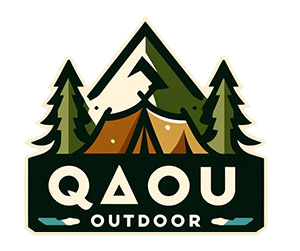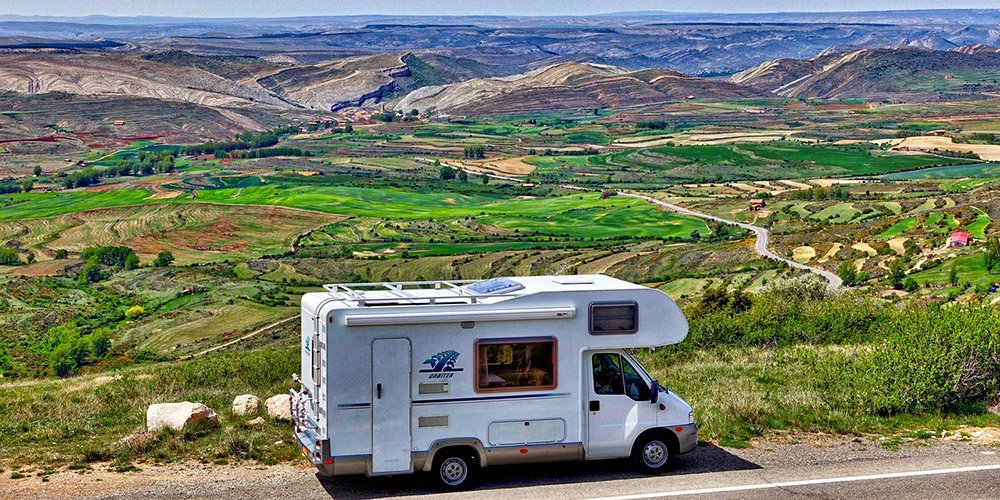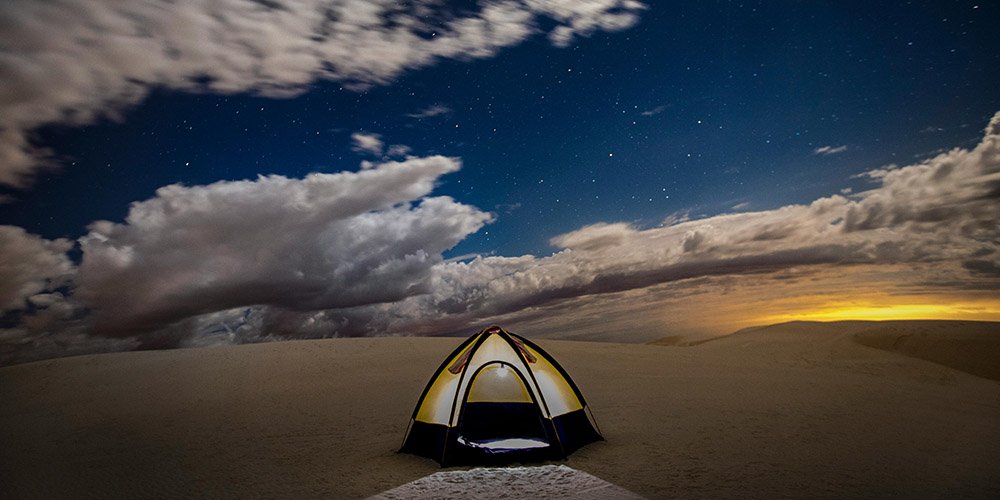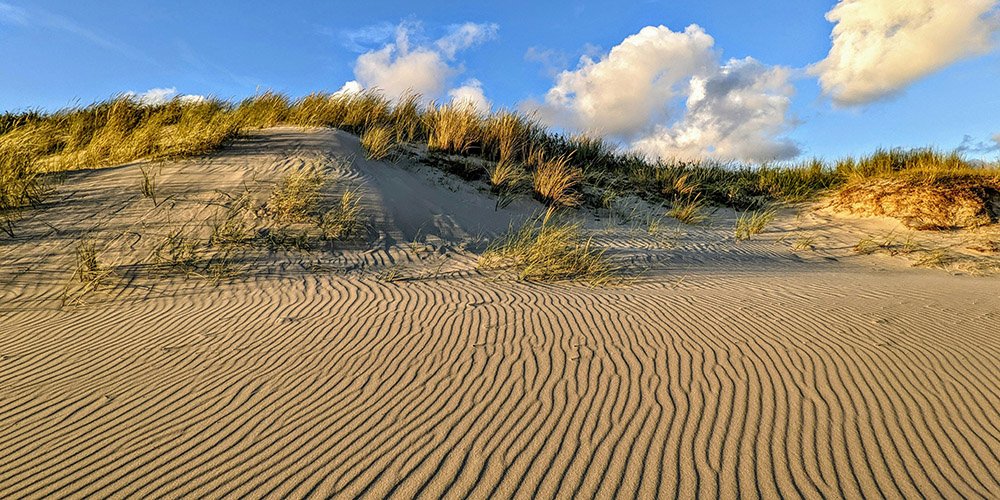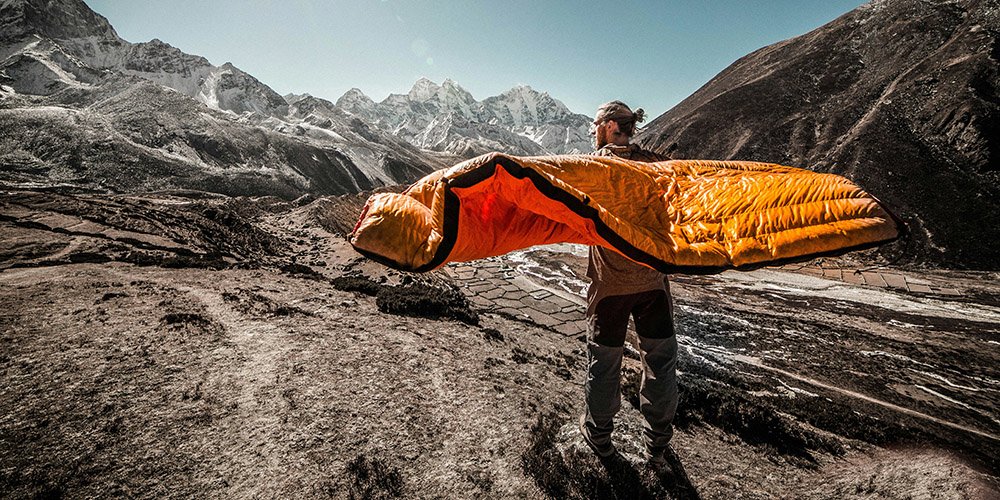What is Stealth Camping?
Stealth camping, a term that resonates with adventure enthusiasts and minimalists alike, is the art of camping discreetly in non-designated areas without attracting attention. This practice, often embraced by those seeking solitude or an alternative to crowded campgrounds, offers a unique blend of freedom and self-reliance. However, it requires careful planning, adherence to ethical practices, and an understanding of local regulations to ensure a safe and successful experience.
Understanding Stealth Camping
Definition and Purpose
Stealth camping involves setting up camp in unconventional locations, such as urban parks, secluded forests, or roadside clearings, with the primary goal of remaining unnoticed. The reasons for stealth camping vary:
- Avoiding Crowds: Many outdoor enthusiasts prefer the solitude of non-designated areas to the noise and congestion of traditional campgrounds.
- Cost Savings: For long-term travelers or those on a budget, stealth camping eliminates accommodation costs.
- Adventure: Stealth camping offers a sense of exploration and self-reliance, allowing campers to connect more intimately with nature.
Origins and Evolution
Camping off the beaten path has been practiced for centuries, but modern stealth camping has gained traction with the rise of van life, bikepacking, and minimalism. Today, it’s a growing trend among those who prioritize adventure and independence over conventional camping amenities.
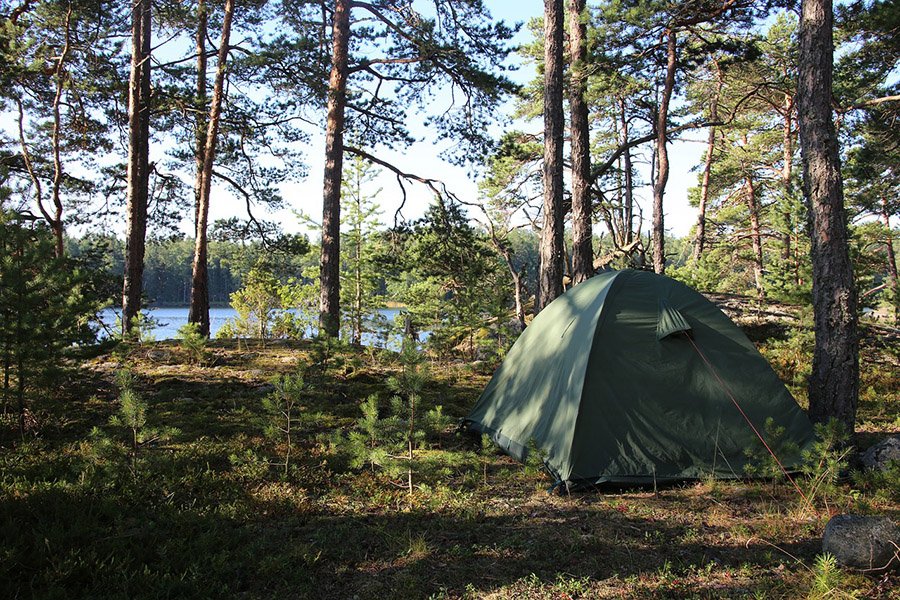
Stealth Camping vs. Other Camping Styles
Stealth Camping vs. Primitive Camping
Primitive camping involves camping in designated but undeveloped sites, often in remote areas with no facilities. Stealth camping, by contrast, focuses on discretion and occurs in locations not officially designated for camping.
Stealth Camping vs. Boondocking
Boondocking typically refers to free camping in vehicles on public lands or other legal, undeveloped areas. Stealth camping differs in that it emphasizes blending into the surroundings and often involves locations where camping may not be explicitly permitted.
Legal and Ethical Considerations
Legal Risks
The legality of stealth camping varies widely by region. In some areas, it’s tolerated as long as campers follow local rules and Leave No Trace principles. However, in other places, it may be strictly prohibited, particularly on private property or in urban settings. Consequences for illegal camping can range from warnings to fines or even eviction. Researching local regulations is essential to avoid conflicts.
Ethical Practices
Stealth camping demands a high level of ethical responsibility. Adhering to the Leave No Trace principles ensures minimal environmental impact and helps maintain the natural beauty of camping areas. Key ethical practices include:
- Avoiding private property unless you have permission.
- Leaving the area exactly as you found it.
- Being respectful of local communities and wildlife.
Choosing a Stealth Camping Spot
Urban Stealth Camping
Urban stealth camping is often the most challenging but can be rewarding for those who prefer city adventures. Ideal locations include:
- Industrial areas with low traffic.
- Back alleys or areas with overnight parking permissions.
- Parks where resting (but not camping) is allowed.
Look for spots that are quiet, dark, and away from heavy foot or vehicle traffic. Avoid areas with security cameras or frequent patrols.
Rural Stealth Camping
In rural settings, opportunities for stealth camping are more abundant. Look for:
- Secluded clearings or forested areas.
- Old trails or unused paths.
- Natural features like dense foliage for concealment.
Avoid camping too close to water sources, as these areas are often visited by animals.

Essential Gear for Stealth Camping
Packing the right gear is crucial for staying discreet and comfortable while stealth camping. Here are some essentials:
- Low-Profile Shelter: Opt for a bivy sack or compact tent in neutral colors like green, brown, or grey.
- Camouflage Tarps: Useful for blending into natural surroundings.
- Compact Sleeping Gear: Lightweight sleeping bags and mats that are easy to pack and set up.
- Headlamp with Red-Light Setting: Red light is less conspicuous and preserves night vision.
- Portable Cooking Gear: Avoid open flames; use a small, low-smoke stove instead.
Safety Tips
Personal Safety
- Trust Your Instincts: If a location feels unsafe, move on immediately.
- Arrive Late, Leave Early: This minimizes your chances of being seen.
- Stay Quiet: Avoid loud noises and bright lights.
- Have an Exit Strategy: Know how to leave quickly if needed.
Wildlife and Environmental Hazards
- Store food securely to avoid attracting wildlife.
- Be aware of local hazards like poisonous plants, unstable ground, or extreme weather conditions.
- Carry a basic first-aid kit for emergencies.
Stealth Camping Etiquette
Good etiquette ensures the longevity of stealth camping as a practice. Follow these guidelines:
- Minimize Impact: Leave no trace of your presence.
- Blend In: Use natural features for cover and avoid standing out.
- Respect Others: Avoid camping near residential areas or busy trails.
- Stay Flexible: Be ready to relocate if necessary.
Conclusion
Stealth camping is a unique and rewarding way to experience the outdoors, offering freedom and a sense of adventure to those who embrace it responsibly. By understanding its principles, adhering to ethical practices, and prioritizing safety, you can enjoy the thrill of this unconventional camping style while minimizing risks. Whether you’re seeking solitude, adventure, or a cost-effective travel option, stealth camping opens up a world of hidden wonders and unforgettable experiences.
